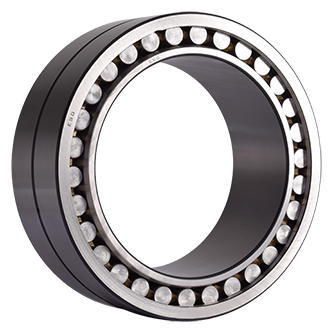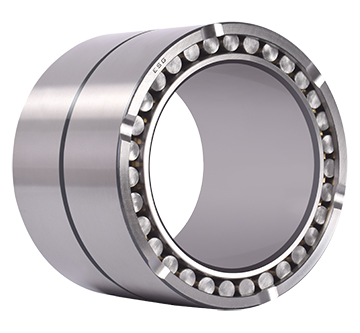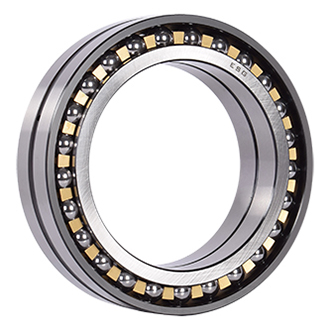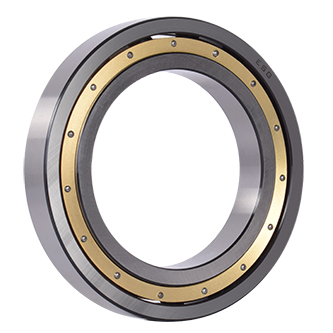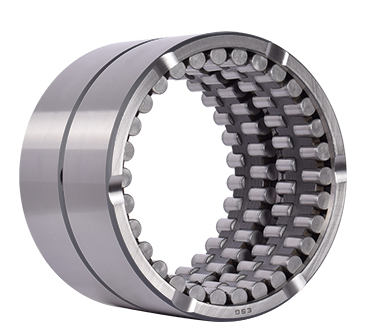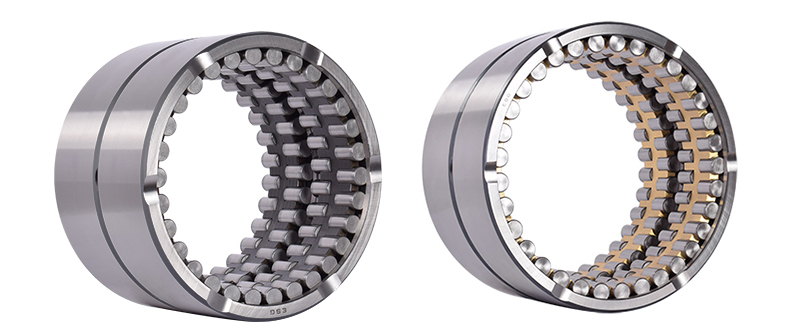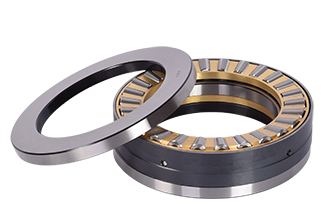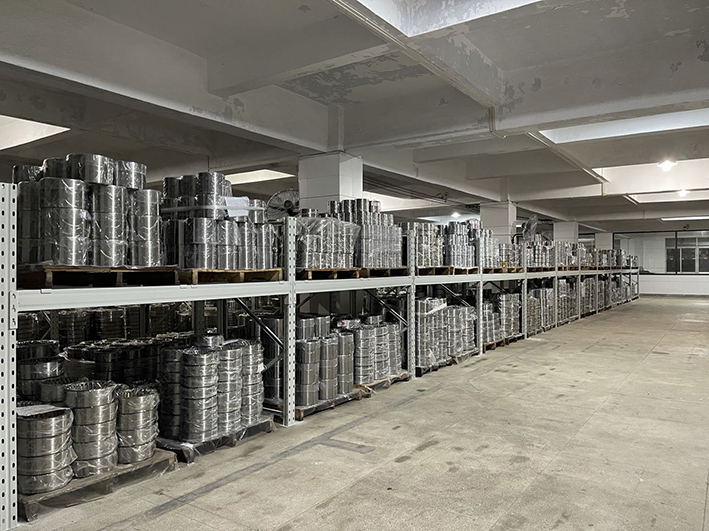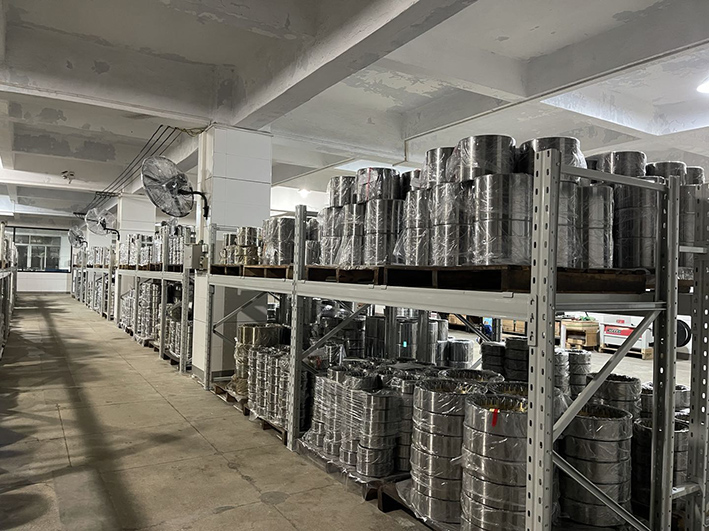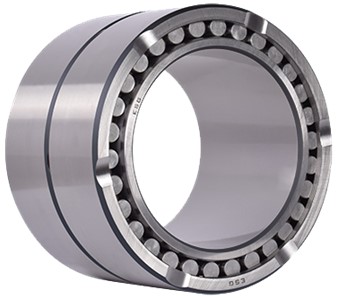What kinds of wiring harnesses are there in a car?
Introduction
In modern fuel-powered vehicles, the electrical system plays a crucial role, and the wiring harness is the "blood vessels" and "nerves" of the entire electrical system. It is responsible for transmitting power, signals and data to ensure the normal operation of various components such as the engine, lights, instruments and safety systems. So, what exactly are the wiring harnesses in a fuel-powered car? What are their respective functions?
1. What is an automotive wiring harness?
A Wiring Harness for automobiles is an integrated system composed of multiple wires, cables, connectors, terminals, protective sleeves (such as tapes, bellows), etc. It is designed and assembled in accordance with the electrical layout of the vehicle to ensure that power, signals and data can be transmitted efficiently and stably.
Due to the complex internal environment of automobiles (high temperature, vibration, humidity, etc.), the wiring harness must meet the following requirements:
- High-temperature resistant (The engine compartment can reach over 120℃)
- Anti-vibration (preventing fracture caused by long-term vibration)
- Waterproof and dustproof (especially in the chassis and engine compartment)
- Electromagnetic shielding (to avoid signal interference
2. Classification of main wiring harnesses in fuel vehicles
The wiring harnesses of fuel vehicles are usually classified by functional areas and mainly include the following categories:
(1)Engine Harness
Function: Connect the engine control unit (ECU), sensors, actuators (such as fuel injectors, ignition coils), etc., to ensure the stable operation of the engine.
Main components:
- ECU wiring harness: Transmits engine control signals (such as fuel injection, ignition timing).
- Sensor wiring harness: Connects oxygen sensors, crankshaft position sensors, knock sensors, etc., providing real-time data.
- Actuator wiring harness: Controls fuel injectors, throttle valves, idle motors, etc.
Features: High-temperature resistant, oil-resistant, and usually made of high-specification insulating materials.
(2) Body Wire Harness in car
Function: Connect electrical devices inside the vehicle, such as lights, air conditioners, audio systems, power Windows, etc.
Main components:
- Lighting system wiring harness: connects headlights, taillights, turn signals, brake lights, etc.
- Air conditioning wiring harness: Controls compressors, blowers, and temperature sensors.
- Audio/entertainment system wiring harness: connects radios, speakers, and navigation systems.
- Electric window/door lock wiring harness: Controls window lifting and central locking.
Features: Complex wiring, requiring consideration of waterproofing (such as door wiring harnesses) and anti-interference (such as audio signal lines).
(3) Dashboard Wire Harness
Function: Connect to the dashboard, center console, airbags, etc.
Main components:
- Combined instrument wiring harness: Transmits information such as vehicle speed, rotational speed, fuel level, and water temperature.
- Airbag wiring harness: Connects the airbag sensor and the detonation device (high reliability required).
- Multimedia/navigation wiring harness: Supports display screens, reversing cameras, etc.
Features: It is necessary to ensure stable signals and prevent false alarms (such as incorrect triggering of airbags).
(4) Chassis Wire Harness
Function: Connect components related to the chassis, such as ABS, ESP, suspension system, etc.
Main components:
- ABS/ESP wiring harness: Connects wheel speed sensors and hydraulic control units.
- Transmission wiring harness (for automatic transmission models) : Transmits shift signals.
- Suspension system wiring harness (for some high-end vehicles) : Connects the air suspension control module.
Features: It needs to be wear-resistant and corrosion-resistant (the chassis is vulnerable to mud and water erosion).
(5) Trunk Wire Harness
Function: Connect the trunk lights, reversing radar, fuel pump, etc.
Main components:
- Fuel pump wiring harness: Supplies power to the fuel pump (directly affecting the fuel supply to the engine).
- Reversing radar/camera wiring harness: Supports reversing assistance system.
- Trunk light wiring harness: Provides lighting.
Features: Waterproof required (water may enter the trunk).
(6) CAN bus (Controller Area Network)
Function: Modern automobiles use CAN bus to replace some traditional wiring harnesses, achieving efficient data transmission (such as communication between the engine, transmission, and instruments).
Advantages:
- Reduce the weight of the wiring harness (traditional wiring harnesses may account for 5% of the total vehicle weight).
- Improve data transmission speed (such as vehicle speed and fault code sharing).
Application
The engine ECU communicates with the transmission ECU.
The dashboard displays the vehicle status (such as fault lights).
3. Common Faults and Maintenance of Automotive Wiring Harnesses
Although the wiring harness design is reliable, problems may still occur after long-term use:
(1) Common faults
- Open circuit: Wire breakage (such as frequent opening and closing of car doors causing fatigue of the wiring harness).
- Short circuit: The insulation layer is damaged, causing the positive and negative poles to come into contact (which may burn out the fuse).
- Poor contact: Terminal oxidation or loosening (such as the headlights flickering on and off).
- Corrosion: A humid environment causes the wiring harness to rust (especially the chassis wiring harness).
(2) Maintenance suggestions
- Regularly inspect the appearance of the wiring harness (for any wear or aging).
- Avoid modifying the circuit privately (which may cause overload or short circuit).
- After wading through water, check whether the wiring harness has taken in water (especially the engine wiring harness).
4. Future trends: Lightweight and intelligent wiring harnesses
As the degree of automotive electronicization increases, wiring harnesses are also constantly evolving:
- Lightweighting: Use aluminum wires and optical fibers to replace some copper wires (such as Tesla reducing the length of wire harnesses).
- High-speed data transmission: Supports in-vehicle Ethernet (for autonomous driving and high-definition cameras).
- Modular design: Simplifies installation and maintenance processes.
Aichie is a leading provider of connection solutions in the industry, focusing on producing high quality connectors, cables and wire harnesses. Aichie has hundreds of skilled employees in two factories, the domestic factory is located in the famous manufacturing city Dongguan City China , and the overseas factory is located in Tan Uyen City, Binh Duong Province, Vietnam. Products are widely used in industries such as Automobiles, Clean Energy, Automation manufacturing, and Smart Homes.
Welcome to cooperate with us, we will do our best to help you win much more business opportunities!
Send inquiry: sales03@aichie.com
Although the automotive wiring harness may seem insignificant, it is the core of the entire vehicle's electrical system. From engine control to airbags, from headlights to entertainment systems, every wire is playing a silent role. Understanding the classification and functions of wiring harnesses can not only help car owners maintain their vehicles better, but also enable us to have a deeper understanding of the operating principles of automobiles.

